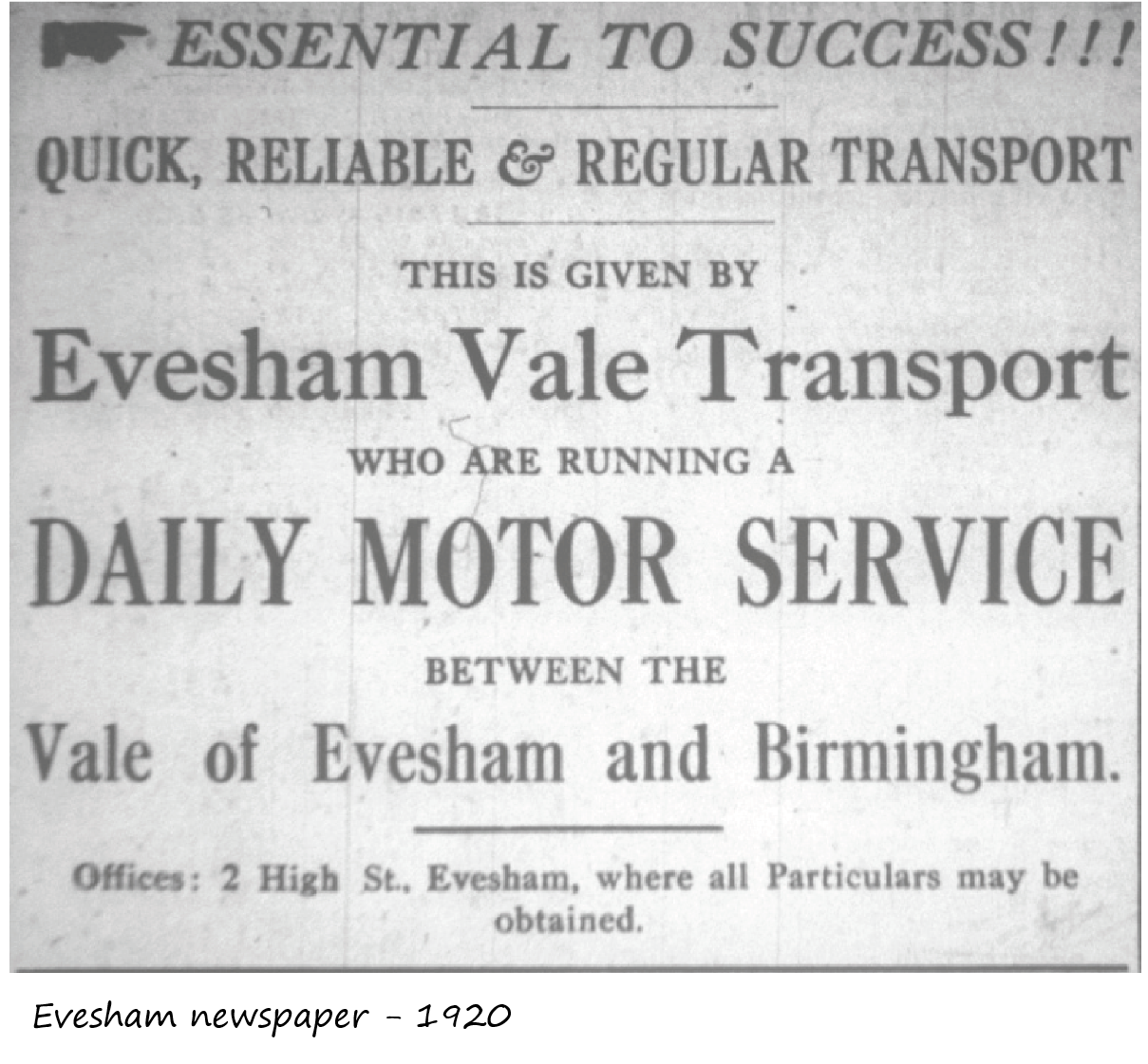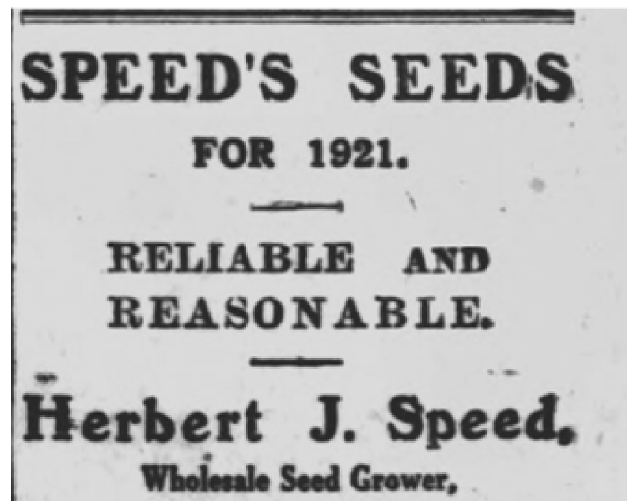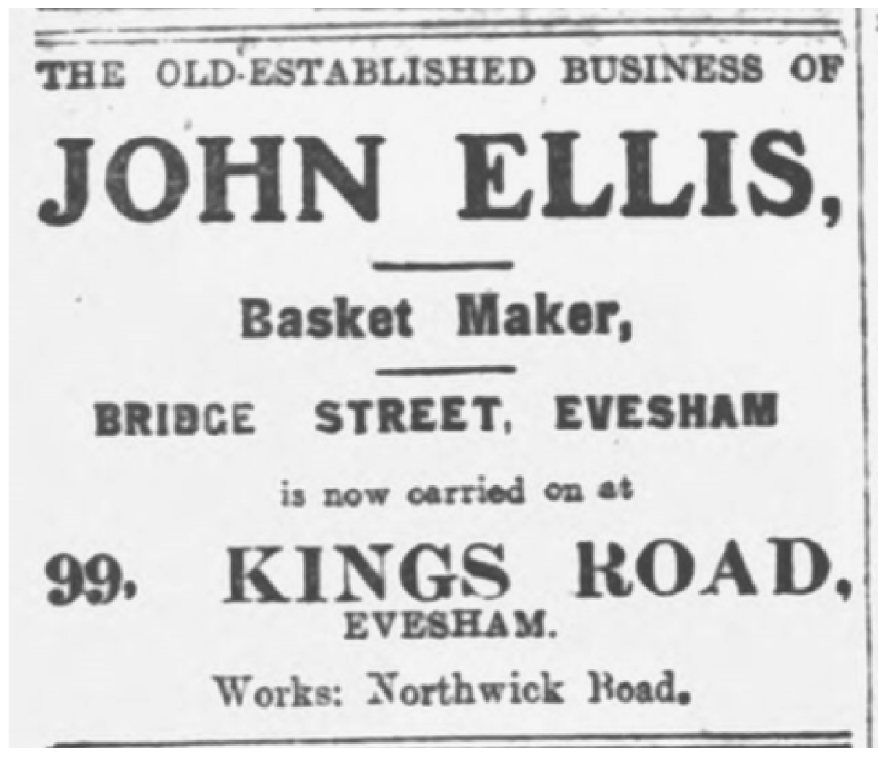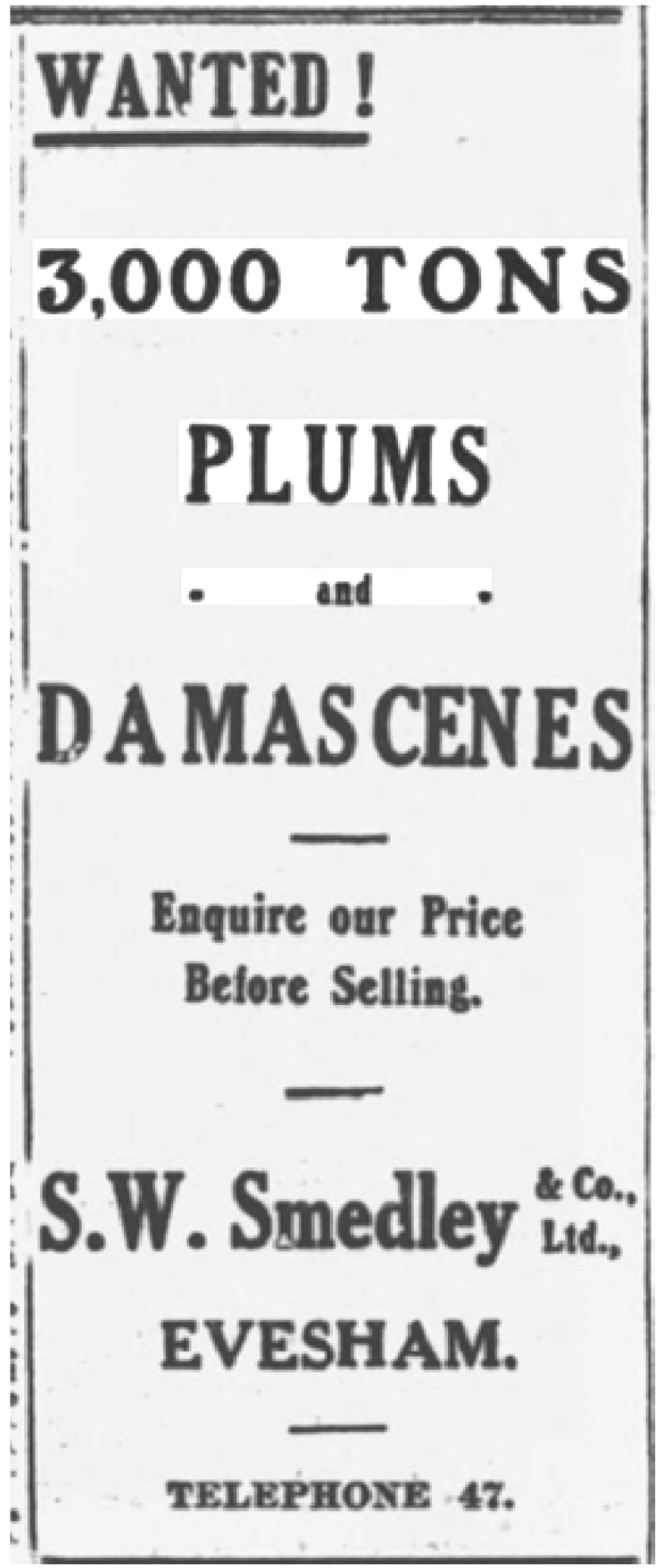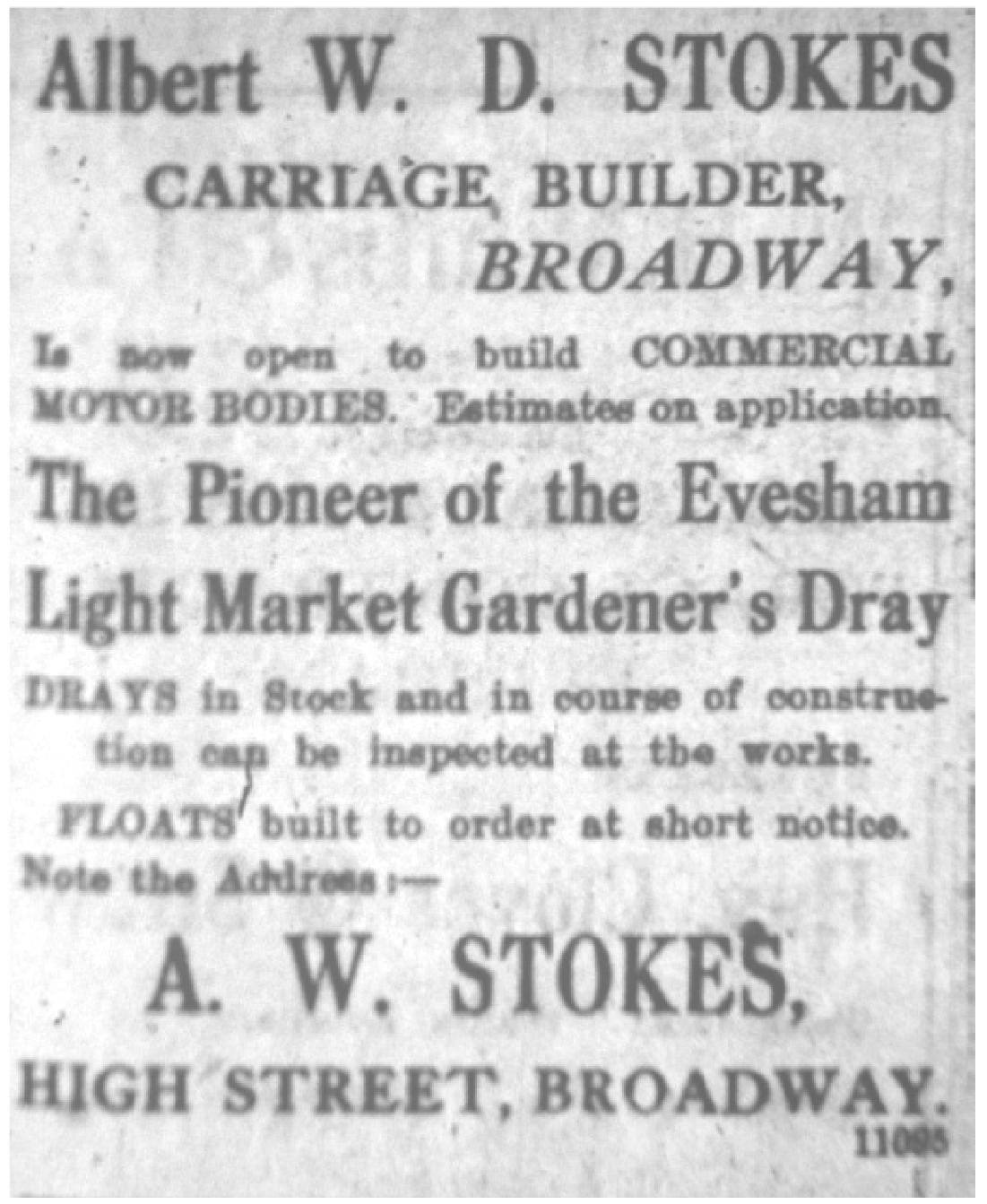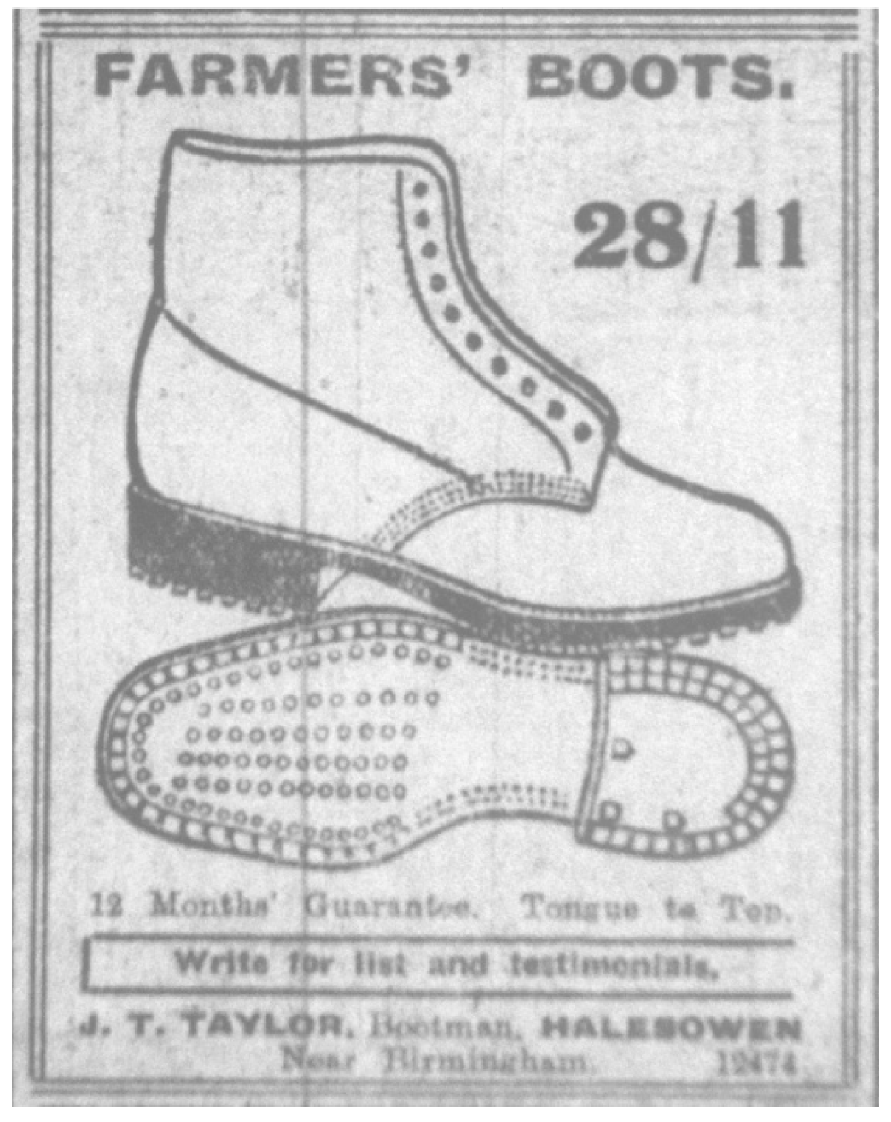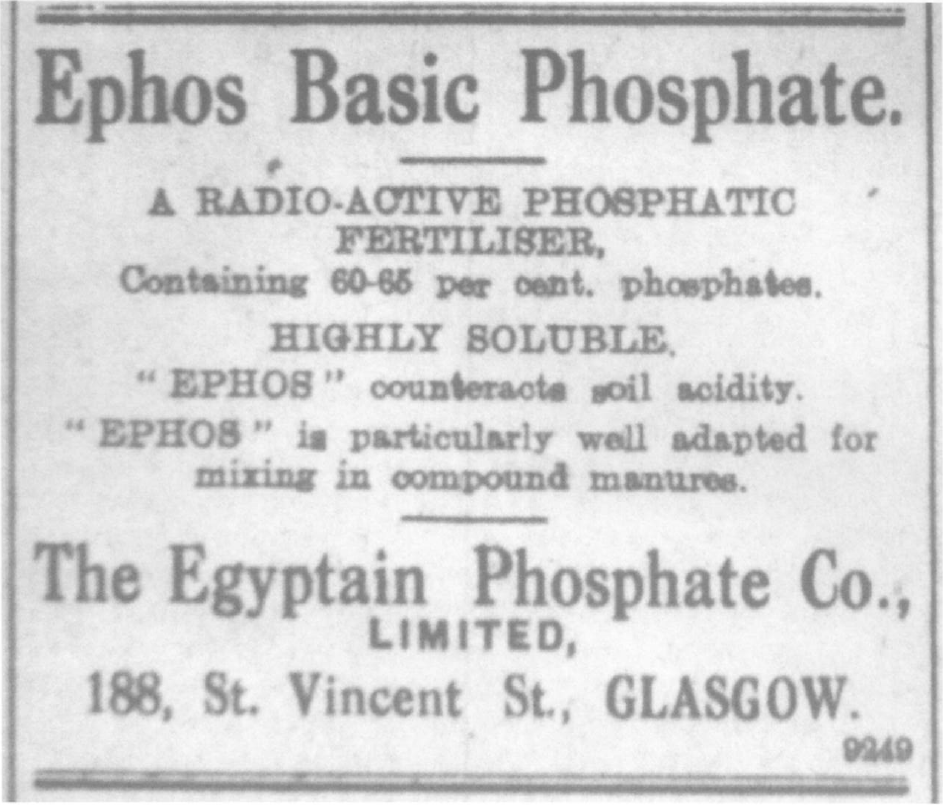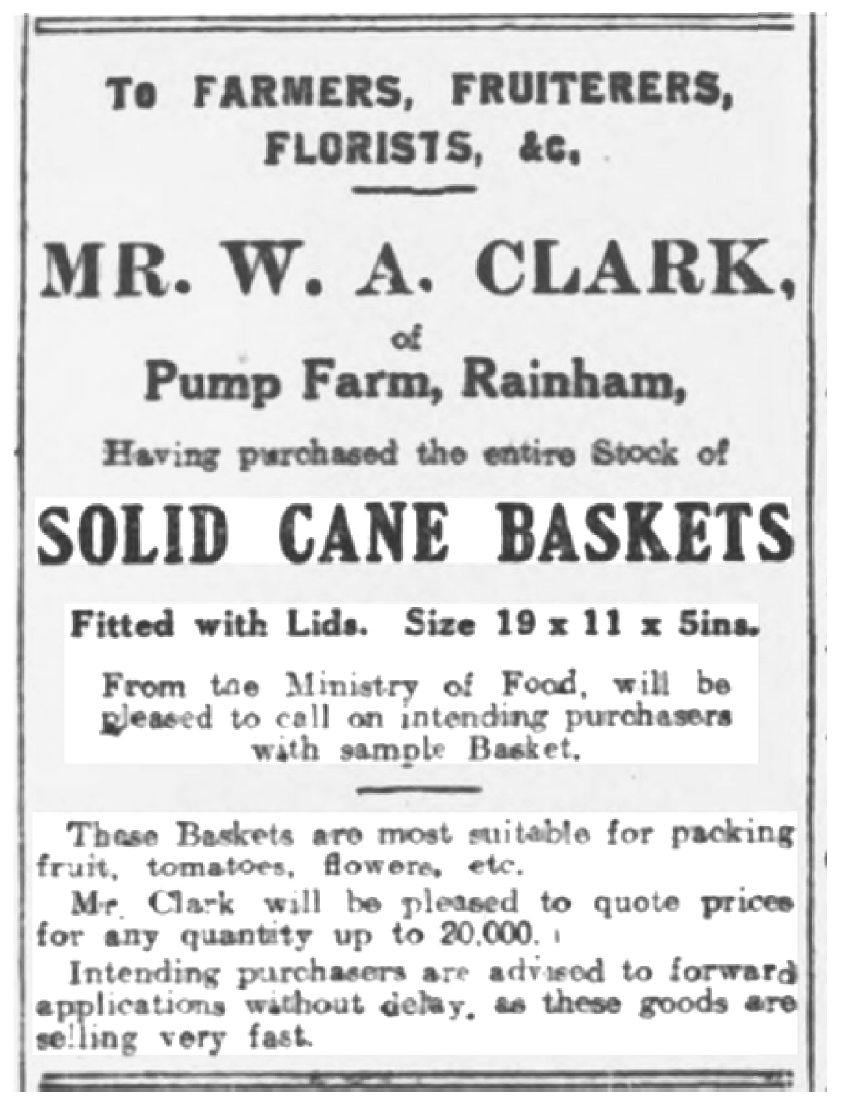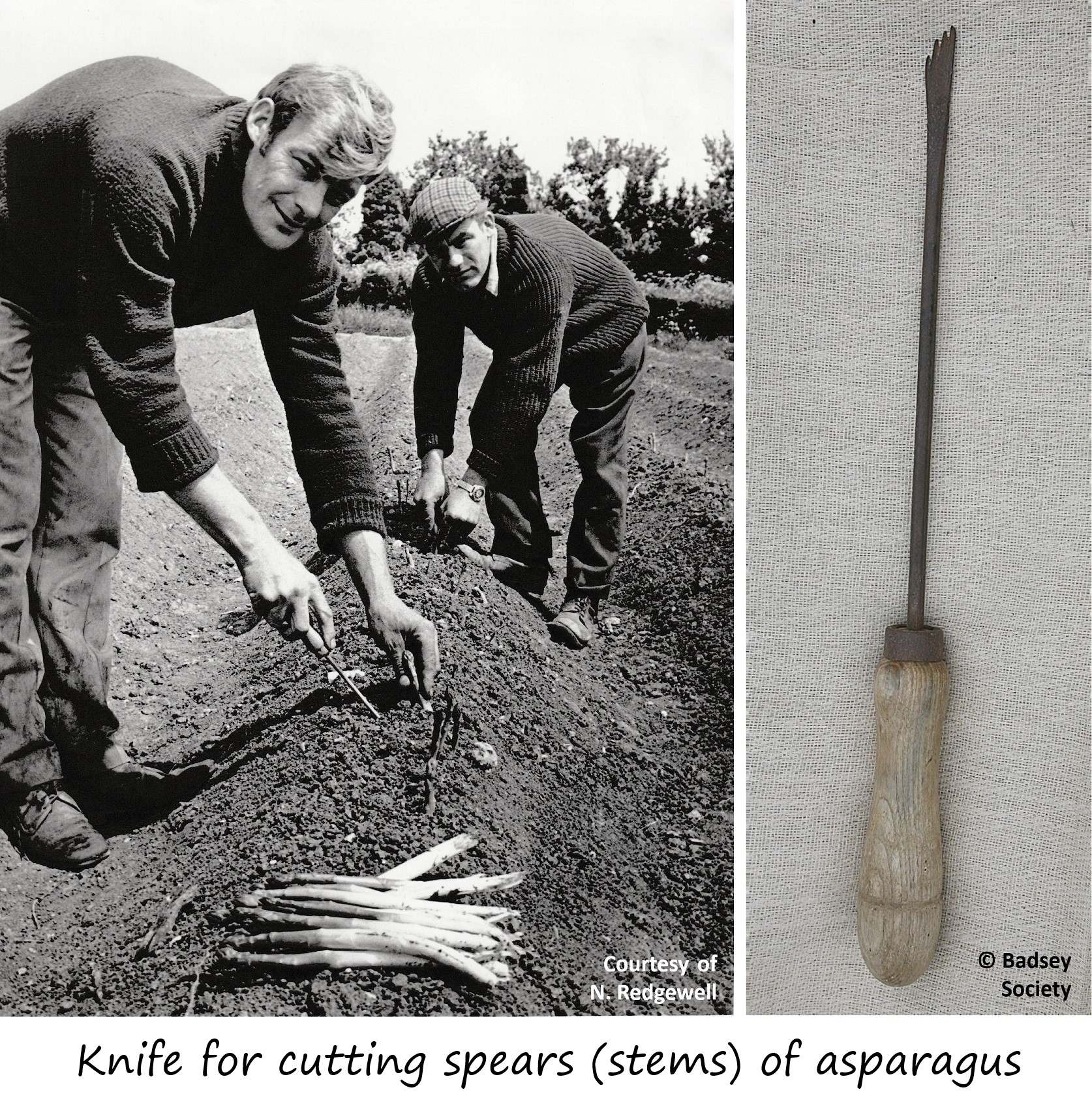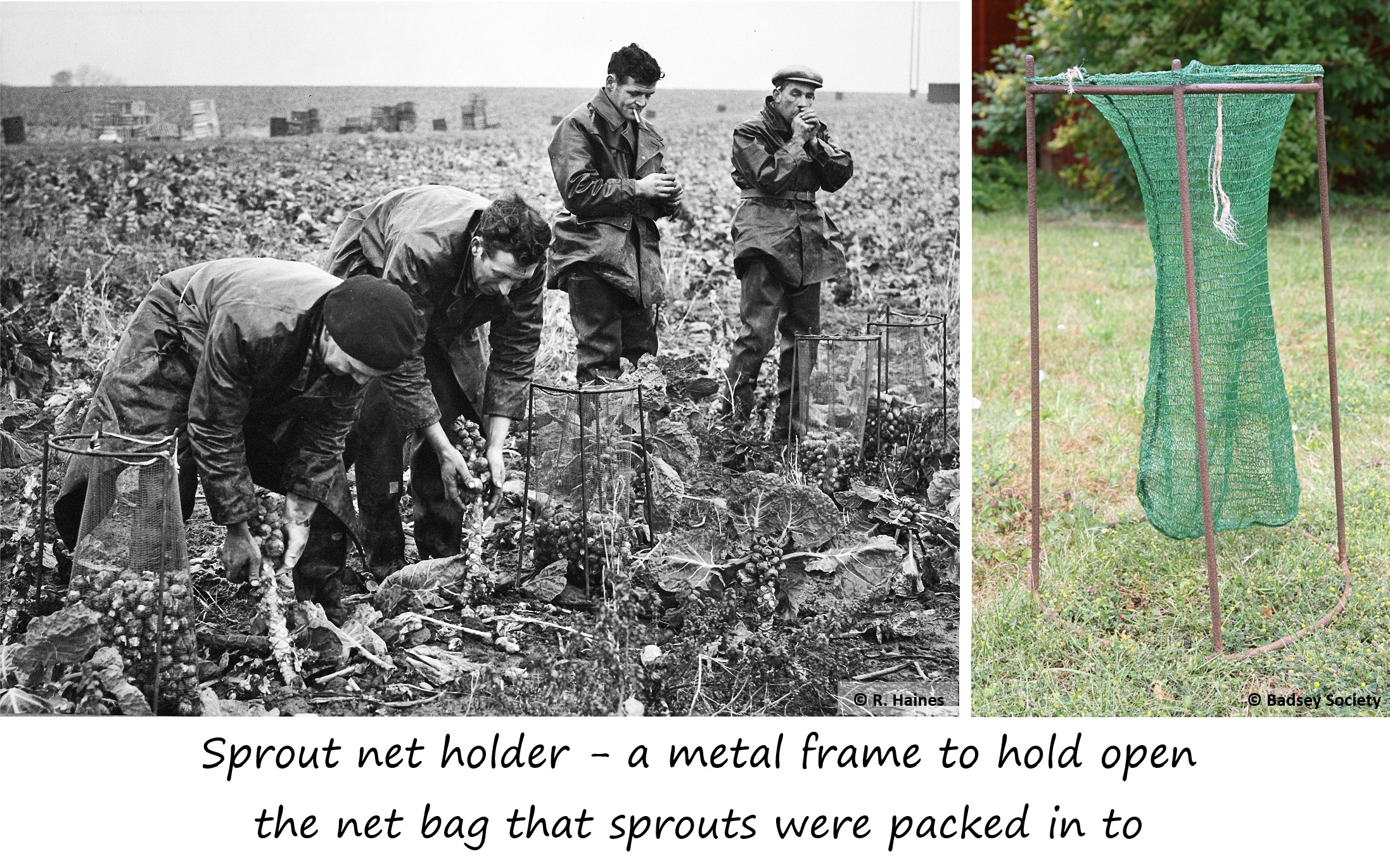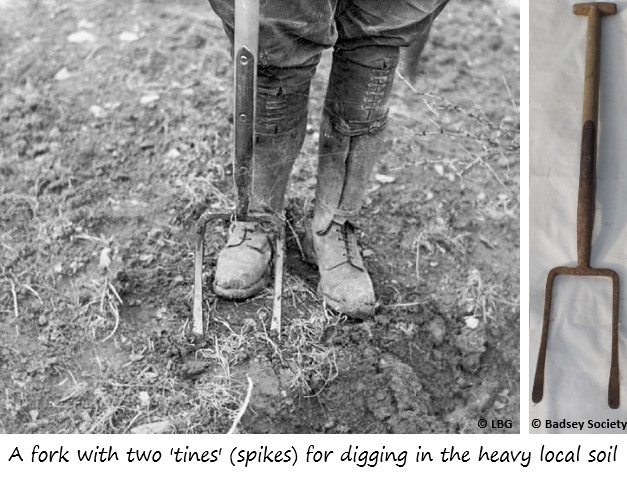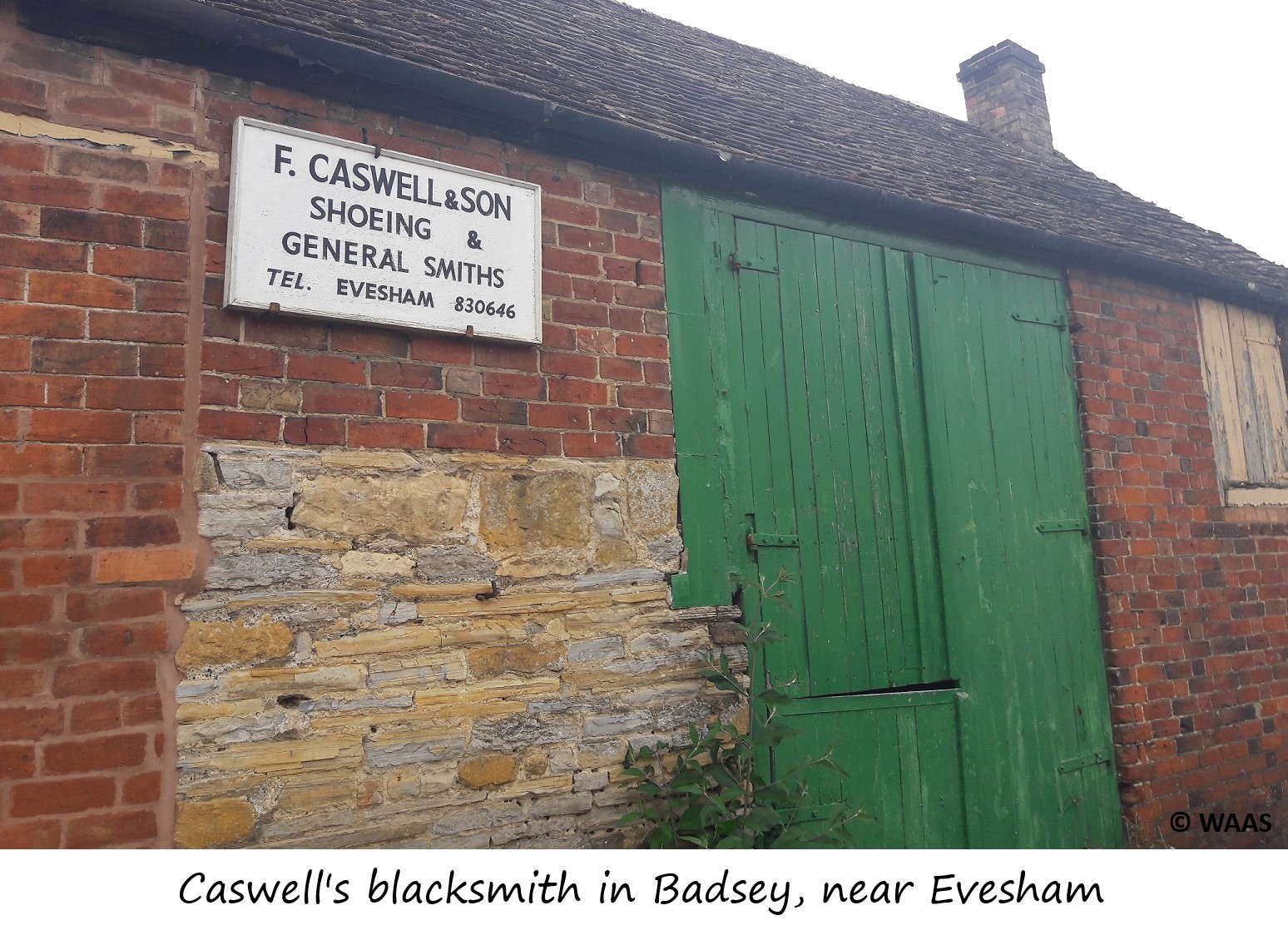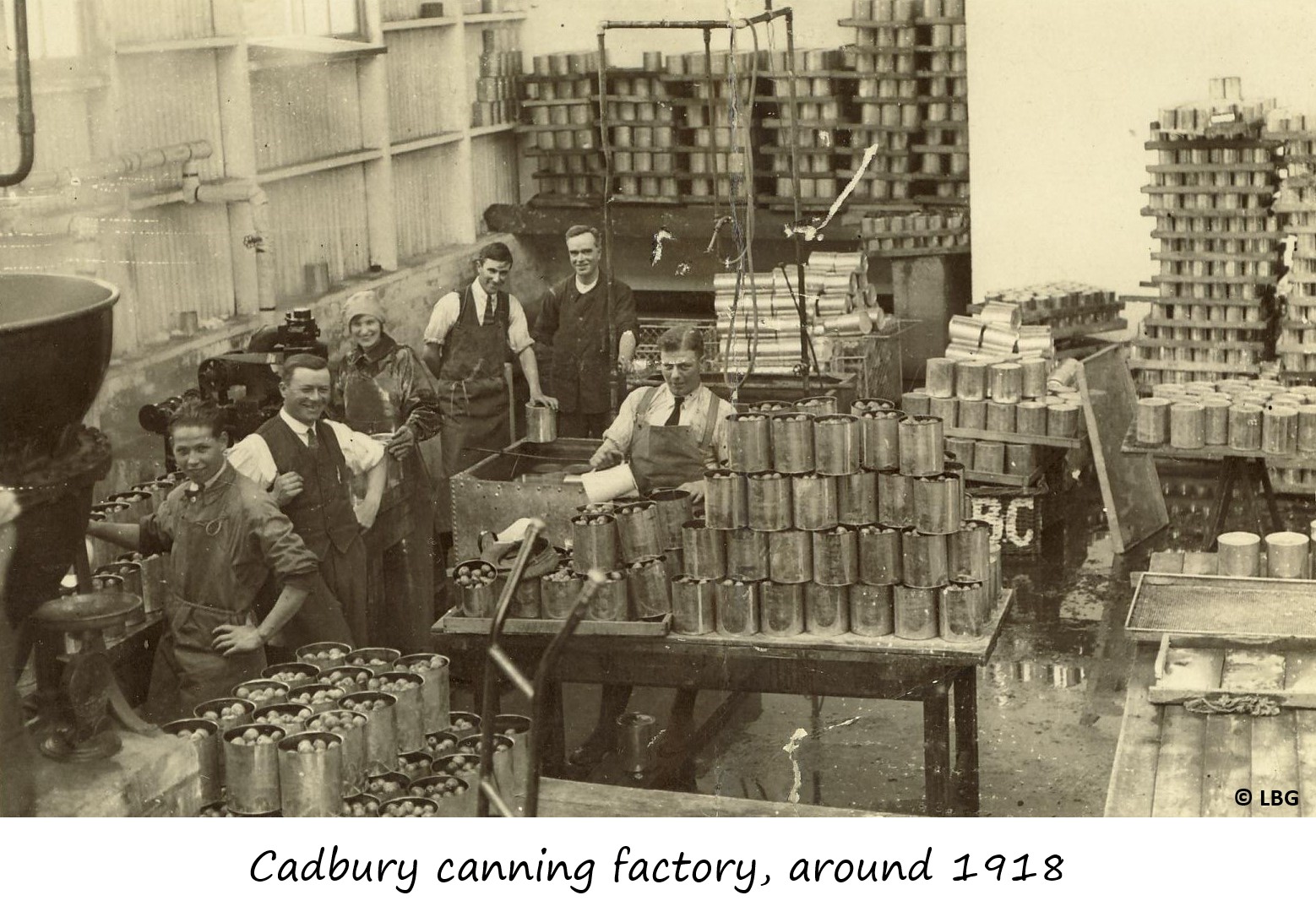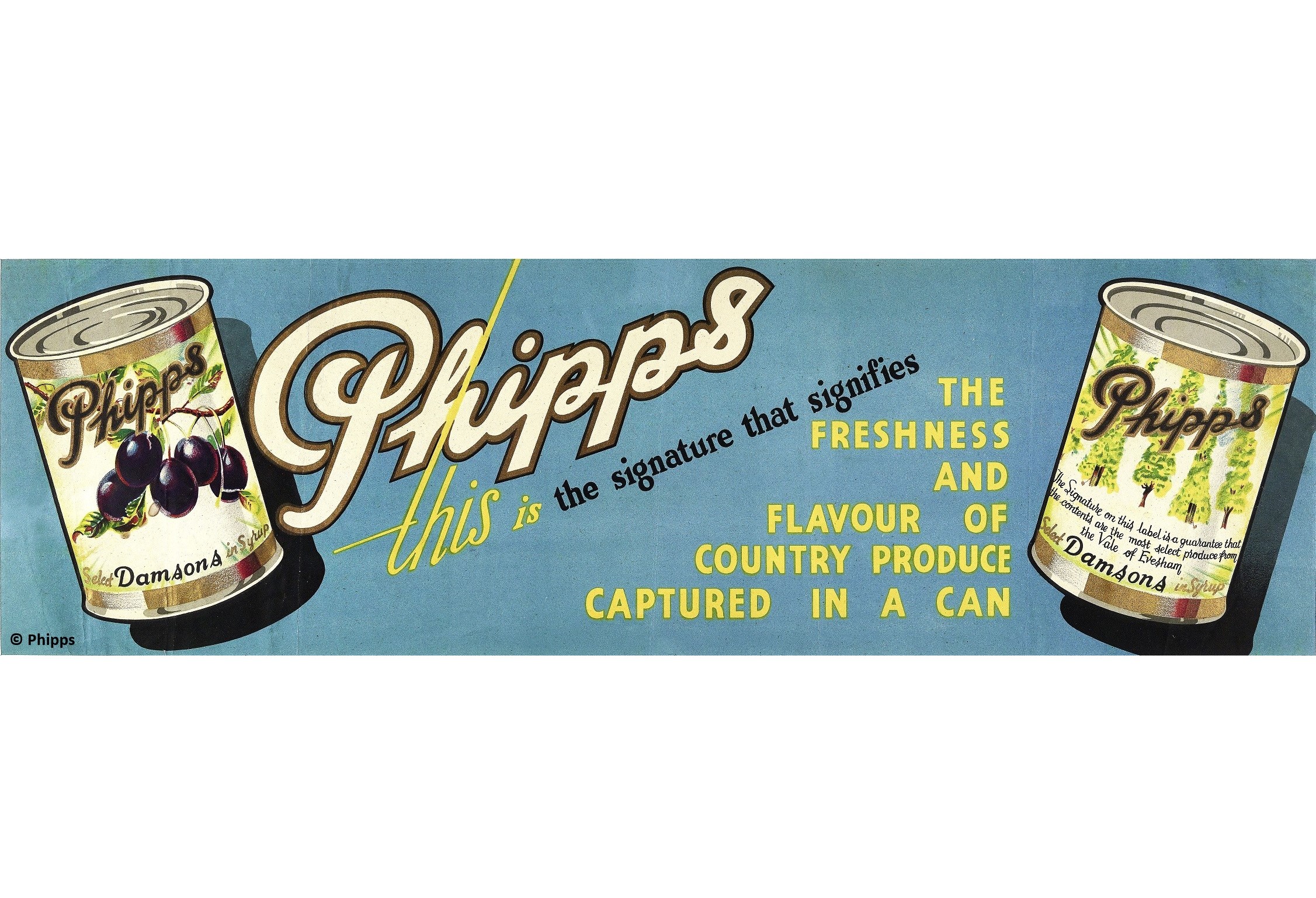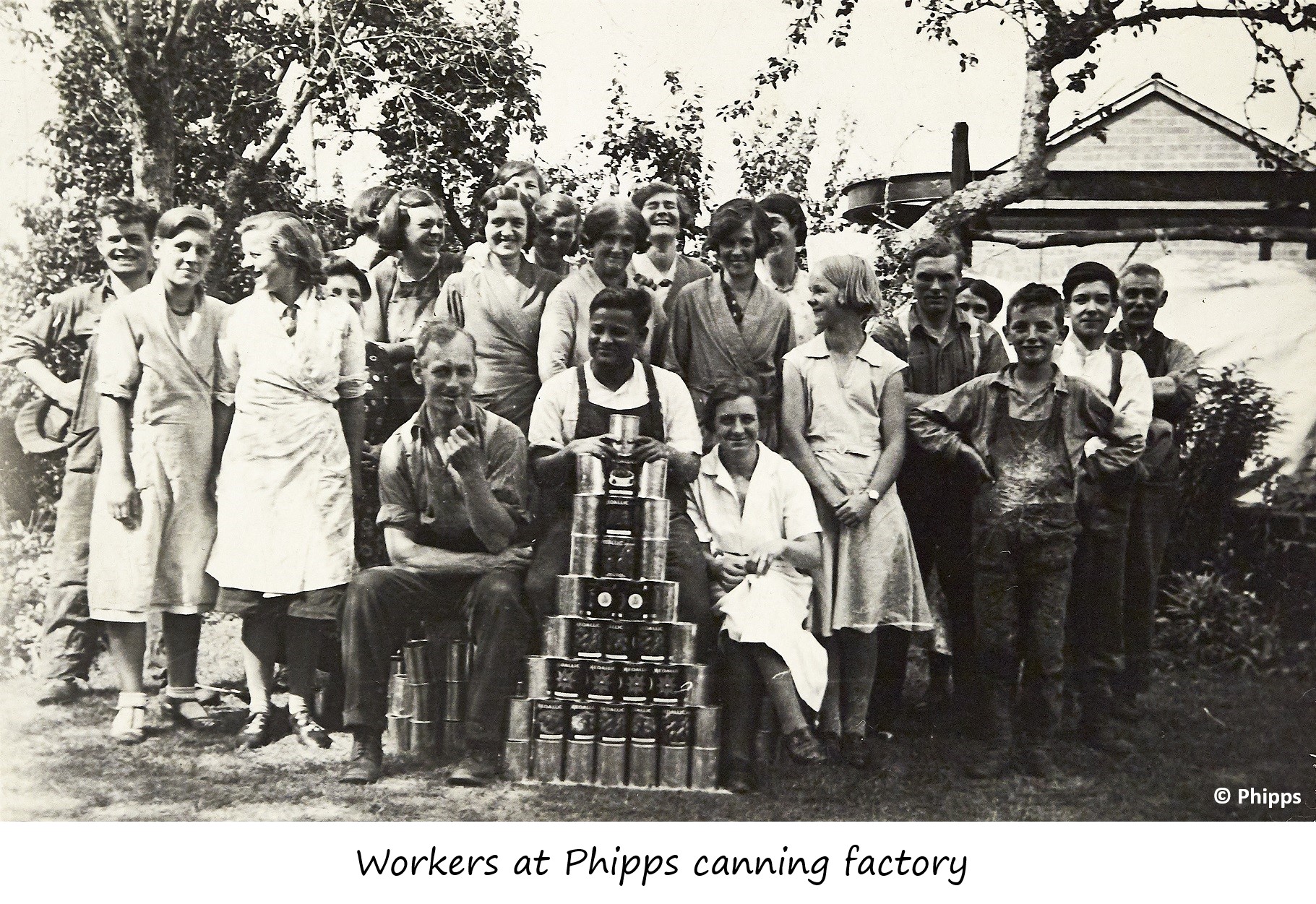Market gardeners needed help from people in other trades to grow, pack and sell their fruit and vegetables. Click on each box to see records from the past.
Companies paid for their adverts to be printed in local newspapers, in the hope that market gardeners would buy from them.
These adverts, from 1920, show some of the jobs that were linked to market gardening – how many different trades (or jobs) can you count?
Use the side arrows to move left or right.
Lots of different containers were used to pack the fruit, vegetables, herbs and flowers.
Each type of basket had a fixed size, which meant that they always contained the same amount of fruit or vegetables when filled. This made it easier for crops to be sold by the basket, as ‘4 chip baskets of plums’ would be the same amount of plums every time.
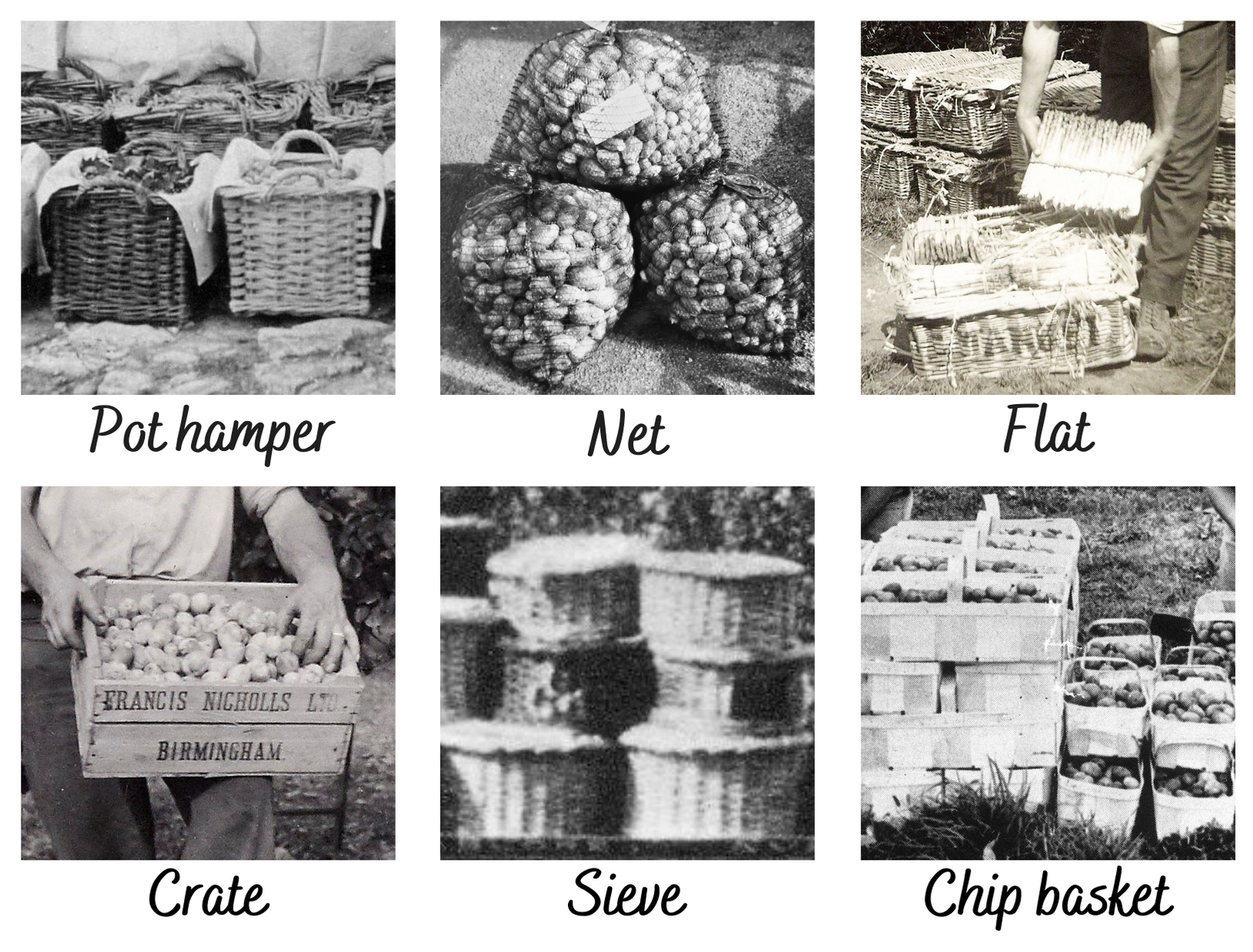
Baskets came in all sorts of shapes and sizes. Some had very specific uses, whilst others had odd names:
Pot hampers – large, rectangular baskets used in the early days on market gardening. Pot hampers were very heavy when filled – a pot of plums weighed the same as a 10 year old! They were replaced by half pot hampers and other, smaller baskets.
Nets – mostly used for sprouts. They were found to be better than cloth sacks.
Flats – these rectangular baskets with a lid were made just for asparagus.
Crates – these wooden boxes were used for larger vegetables, such as cabbages.
Sieves – round baskets used for packing different crops. Sieves became a popular alternative to heavy pot hampers.
Chip baskets – made from thin woven strips of wood, chips came in several sizes and were used for a range of crops. They became widely used from the mid-20th century, mostly replacing the early pot hampers and sieve baskets.
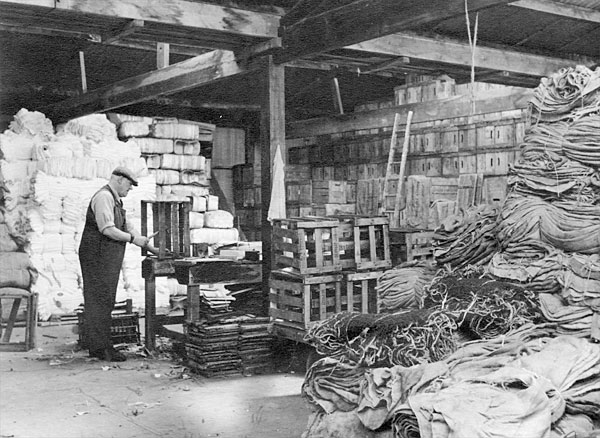
Empty crates, boxes and bags being repaired by the Littleton & Badsey Growers at Blackminster (a Central Office of Information photograph, taken around 1946 – shared courtesy of the Badsey Society).
Baskets, bags and crates were expensive to buy, so they were used again and again. The photo above shows crates being repaired – nothing was thrown away until it really couldn’t be used any more.
Asparagus knives and sprout net holders – these sound very strange, but were important tools for market gardeners. Local blacksmiths worked with growers to design and make the special tools they needed, as well as repair old equipment.
In the past, most villages had their own blacksmith, but all have now disappeared. The last blacksmith’s workshop in the Vale of Evesham closed in 2019, after being run for over 100 years by three generations of the Caswell family in Badsey.
Click on the side arrows to move through the photos.
Fruit and vegetables rot quite quickly. Before freezers became common, making jam or putting fruit and vegetables into cans were the best ways to keep fresh foods for longer.
How many jam and canning factories were around Evesham and Pershore? What was it like to work in these factories? Explore the records to find out!
Listen to Gladys recalling her time at Beach’s jam factory, including how dangerous it could be. Alternatively, read Gladys’ memories:
Sweet memories of Beach’s jam factory – Evesham Journal 2008
Use the side arrows to move through the images.
Discover more about local factories:
- Click on the coloured dots in the map below to bring up information (zoom in to see all the dots).
OR
- Read about them – Jam and canning factories in the Vale (PDF) (Word document)
